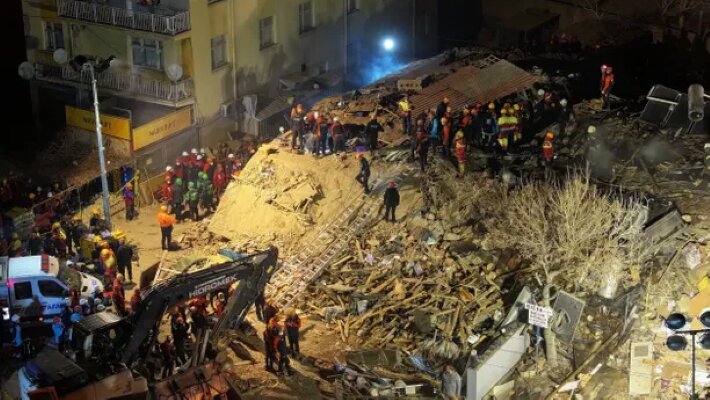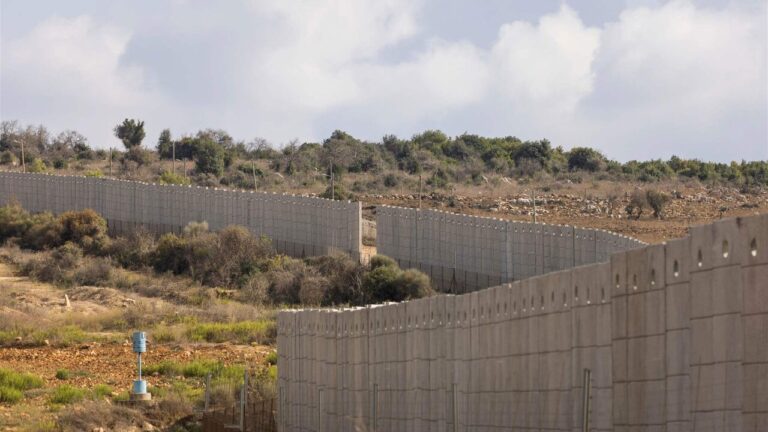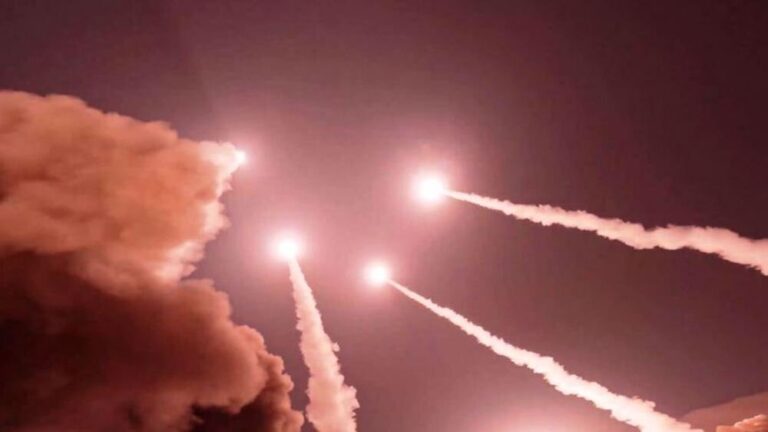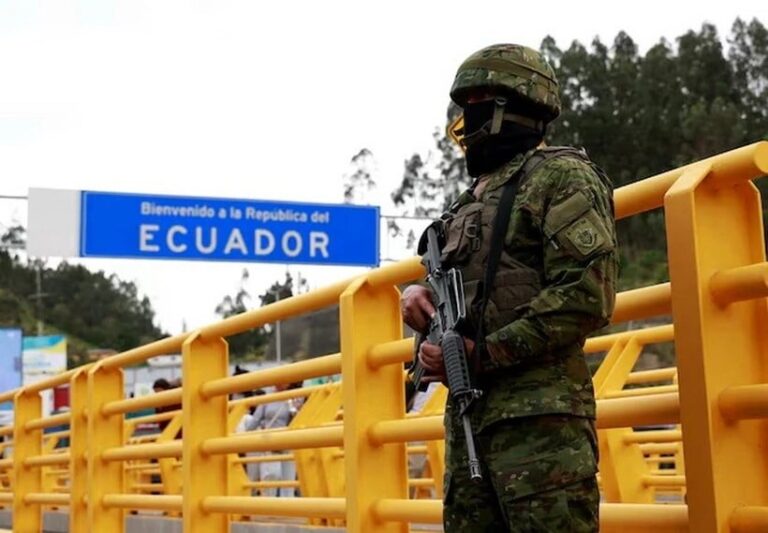Exclusive Footage: Saraya Quds Seizes Two Israeli Drones in Gaza
The ongoing conflict in the Gaza Strip has escalated, particularly with the involvement of the Islamic Jihad fighters known as Saraya Quds or Quds Brigades. Recently, these fighters made headlines by successfully bringing down two unmanned aerial vehicles (UAVs) in the region. This incident has drawn significant attention and raised questions about the current state of aerial warfare and military technology in the ongoing conflict.
The Gaza Strip, a densely populated area, has been a focal point for various military operations and confrontations. The recent actions of the Quds Brigades highlight their operational capabilities and the challenges faced by aerial units in this volatile environment. Below are some key points regarding this recent development:
- Incident Overview: The Quds Brigades reported that they had successfully downed two UAVs, marking a significant achievement in their military operations.
- Context of Aerial Warfare: The use of UAVs has become increasingly prevalent in modern warfare, serving various purposes from surveillance to targeted strikes.
- Impact on Local Civilians: The frequent military engagements and aerial incursions have profound implications for the civilian population in the Gaza Strip, creating a climate of fear and uncertainty.
- Response from Authorities: The Israeli military often responds to such incidents with airstrikes or other forms of retaliation, further escalating the cycle of violence.
In recent years, the Islamic Jihad has been involved in various military operations against Israel, and the downing of these UAVs could signify a shift in tactics or a response to increased surveillance and military pressure from aerial units. This incident underscores the ongoing arms race between groups operating within Gaza and the Israeli military, which continues to develop advanced technologies to maintain an aerial advantage.
The implications of this event are significant. As military technologies evolve, both sides of the conflict are adapting their strategies to either counter or enhance their capabilities. The Quds Brigades’ success in downing UAVs may lead to increased efforts to develop counter-UAV technologies, which could further complicate the already tense situation in the region.
Furthermore, the use of UAVs in conflict zones raises ethical questions about the nature of warfare and the impact on civilian populations. The technology allows for precision strikes, but it also poses risks of collateral damage, which can lead to civilian casualties. This is a pressing concern in the Gaza Strip, where the population density makes it difficult to avoid harming non-combatants.
Moreover, the incident has sparked discussions about the future of aerial combat and the role of drone warfare in modern conflicts. As countries and non-state actors increase their reliance on UAVs, the potential for misunderstandings and escalations in conflict grows. The Quds Brigades’ ability to successfully engage and down these drones could lead to a reevaluation of aerial strategies by the Israeli military.
In conclusion, the recent downing of two UAVs by the Islamic Jihad fighters known as Saraya Quds or Quds Brigades has highlighted the evolving dynamics of the conflict in the Gaza Strip. It serves as a reminder of the complexities of modern warfare, where technology plays a pivotal role, and the consequences are felt not only by combatants but by civilians caught in the crossfire.
As this situation continues to develop, it is essential to monitor the responses from both sides and the international community’s involvement in seeking a resolution to the ongoing conflict. The events in Gaza are not just a local issue but resonate globally, reflecting the broader challenges of peace and stability in conflict zones.






